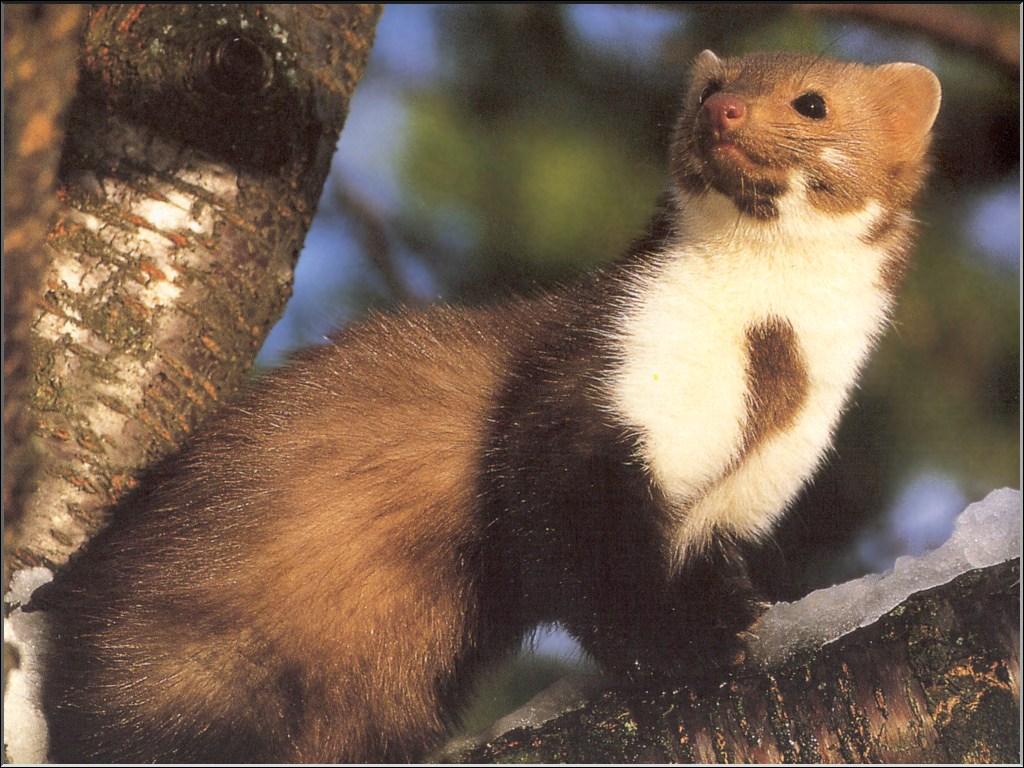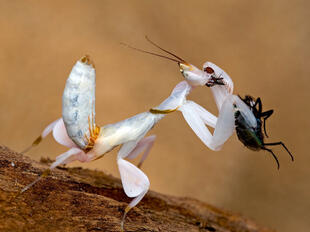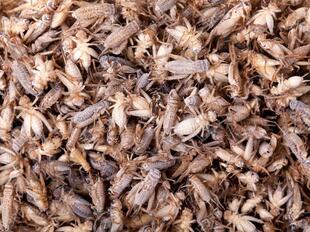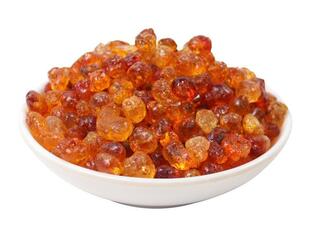
Stone marten (Martes foina)
Phylum —chordata
Class — mammalia
Order — carnivora
Family — mustelidae
Genus – martes
Appearance
The stone marten is superficially similar to the pine marten, but has a somewhat longer tail, a more elongated and angular head and has shorter, more rounded and widely spaced ears. Its nose is also of a light peach or grey colour, whereas that of the pine marten is dark black or greyish-black. Its feet are not as densely furred as those of the pine marten, thus making them look less broad, with the paw pads remaining visible even in winter. Because of its shorter limbs, the stone marten's manner of locomotion differs from that of the pine marten; the stone marten moves by creeping in a polecat-like manner, whereas the pine marten and sable move by bounds.
Males measure 430–590 mm in body length, while females measure 380–470 mm. The tail measures 250–320 mm in males and 230–275 mm in females. Males weigh 1.7–1.8 kg in winter and 2–2.1 kg in summer, while females weigh 1.1–1.3 kg in winter and 1.4–1.5 kg in summer.
The stone marten's fur is coarser than the pine marten's, with elastic guard hairs and less dense underfur. Its summer coat is short, sparse and coarse, and the tail is sparsely furred. The colour tone is lighter than the pine marten's. Unlike the pine marten, its underfur is whitish, rather than greyish. The tail is dark-brown, while the back is darker than that of the pine marten. The throat patch of the stone marten is always white. The patch is large and generally has two projections extending backwards to the base of the forelegs and upward on the legs. The dark colour of the belly juts out between the forelegs as a line into the white colour of the chest and sometimes into the neck. In the pine marten, by contrast, the white colour between the forelegs juts backwards as a protrusion into the belly colour.
Habitat
The stone marten is found in much of central Asia and Europe, as far to the north as Denmark, in the west to Spain, southwards into Italy, and the islands of Corfu, Crete, and Rhodes, and east to the Himalayas and Mongolia. A population has also been established in Wisconsin in the United States, due to the pet trade.
Behavior
Stone martens mostly live a solitary life, except for family groups (mothers and their young) and mating pairs. They are nocturnal, but during the mating season can often be seen in the daytime. They are territorial and keep away from others of their species. An average home range measures 12 to 211 ha, the size varying with the season, with larger ranges during summer compared to in the winter. Males have much larger ranges than females.
This species communicates primarily through olfactory cues. Reproductive readiness and territorial boundaries are communicated through scent marking, and during the breeding season their cries can be heard. Their gait varies with the speed they are traveling: if strolling, it is a meandering gait with parallel front feet while the hind feet are on a slight angle in relation to the front. When it runs, its hind feet land on the same spot as its front feet. When prowling, stone martens will surprise prey animals by pouncing on them. Being excellent climbers, they are able to access birds’ nests.
Diet
Stone martens are omnivorous and eat smaller mammals, fruit, and eggs.
Reproduction
Stone martens are polygynandrous, with both males and females mating with multiple partners. Mating occurs from June to August (during midsummer) and gestation period lasts 7.5 - 9 months, including delayed implantation of 6.5 - 8 months. A litter numbers 2 - 4 kits, which are cared for exclusively by their mother, being nursed and looked after in the den. They are born naked, with their eyes and ears closed. Young are weaned when they are 2 months old and are independent at a year old. At 15 - 27 months old they reach reproductive maturity.
Lifespan 18.1 years in captivity, much lower in the wild.
Incaptivity
Stone martens raised in captivity can be very tamed — freely walk around the room or yard and at the sight of the owner run to his call in the hope of getting a treat.
In captivity the stone marten is unpretentious to food: it eats liver, brains, blood, tripe, meat, but especially prefers small rodents. Liver is recommended to be given regularly throughout the year for 25-30 g per day for an adult animal. Meat, mostly, should be given in raw form. From other forages the stone marten eats pupae of insects, dry cottage cheese, meat blood meal, vegetables, nuts and berries, porridge from crushed wheat, barley or oatmeal, milk.
The daily need for food for animals in captivity in different months varied:it is givento males from 230 to 450 g, to females-from 140 to 360 g.
 Russian
Russian
 English
English
























